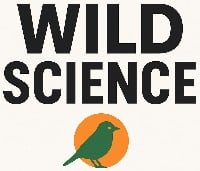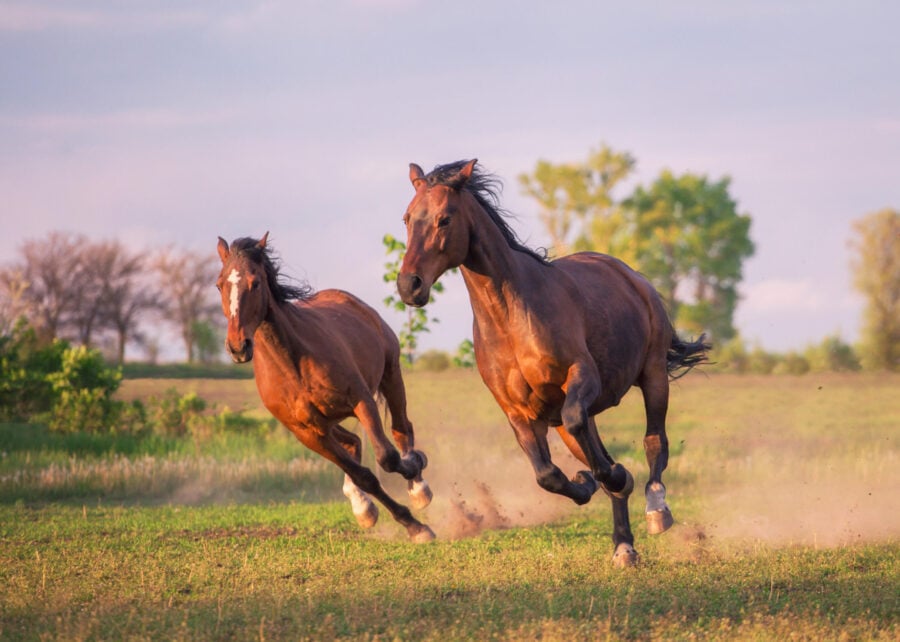In a discovery that could transform our understanding of both evolution and genetic disease, researchers at Johns Hopkins Medicine and Vanderbilt University have identified how horses pull off a remarkable genetic trick previously thought exclusive to viruses – they run right through a “stop sign” in their DNA.
This evolutionary adaptation, which occurred millions of years ago in the ancestors of all modern horses, donkeys, and zebras, helps explain how these animals developed their extraordinary athletic abilities.
“Not only does our work confirm this genetic evolutionary adaptation, it brings into focus how important this pathway is for chronic disease, age-related diseases, and exercise physiology,” says Elia Duh, professor of ophthalmology at the Wilmer Eye Institute at Johns Hopkins Medicine.
The research team identified a mutation in the KEAP1 gene that introduced a premature stop codon – a genetic signal that normally terminates protein production. Such premature stops typically result in shortened, non-functional proteins and account for approximately 11% of all inherited human diseases, including cystic fibrosis and muscular dystrophy.
But horses evolved a molecular workaround. Instead of halting protein production at this genetic “stop sign,” horses developed a mechanism to recode it, allowing creation of a full-length, functional KEAP1 protein with enhanced properties.
This recoded KEAP1 protein interacts with another protein called NRF2 to better detect reactive oxygen species – unstable molecules that damage cells during intense exercise. The resulting enhanced NRF2/KEAP1 pathway allows horse cells to simultaneously generate enormous amounts of energy while protecting against oxidative damage.
“The strategy used by horses to bypass a stop codon could guide ongoing efforts to treat the many inherited disease resulting from premature stop codons,” Duh explains.
With thoroughbred racehorses capable of consuming more than double the oxygen of elite human athletes, this ancient genetic adaptation helps explain how these magnificent animals evolved from dog-sized ancestors into the powerful runners that transformed human civilization. More importantly, it opens the door to potential treatments for numerous genetic diseases in humans caused by similar premature stop codons.
Discover more from Wild Science
Subscribe to get the latest posts sent to your email.

